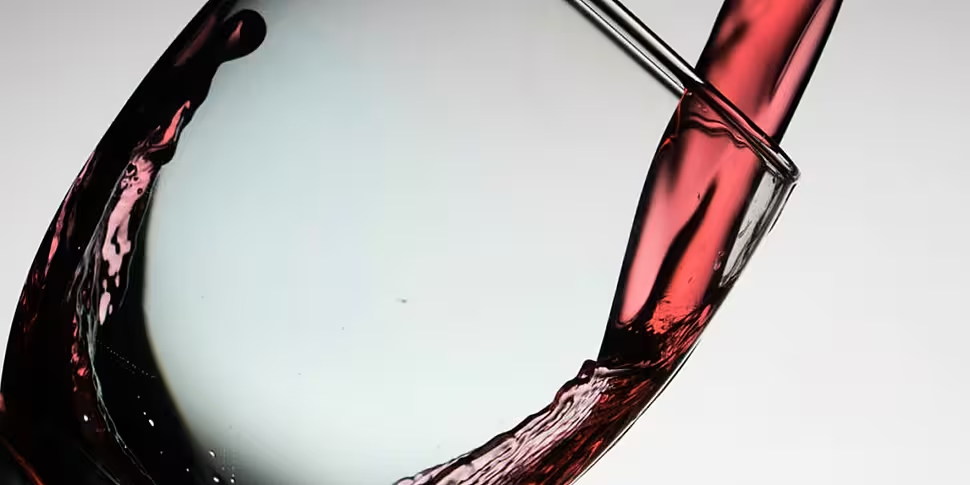Tomas Clancy reviews Domaine Rolet 2017 and Chateau d’Aydie 2016
Domaine Rolet, Pere et Fils -Arbois Nature Savagnin, AC Arbois, Jura 2017
Pricing: around €24.95
Available: Independent Off Licences and Wine Shops nationwide
This is one of the most ancient wine varietals still being used, what you are tasting here is the very distant and remote past. The Savagnin Grape has origins in the Jura Mountains, then before that along the Rhine and Danube and back to Ancient Rome and beyond that a further 3000 years to Ancient Egypt.
The Savagnin is for many scientific wine researchers, the Mother Grape, we now know through extensive DNA research in the US and France that this grape gave birth to Pinot and is the grand parent of Cabernet Franc and great grand father of Sauvignon Blanc.
While its offspring came to dominate and replace Savagnin across the wine world, a few high, remote places proved to be startling ancient biological Arks for many grape and plant varieties, in France, the Jura mountains, precursors to the Alps to the east of Burgundy are libraries of ancient vines growing unhindered in very high, inaccessible mountain vineyards.
Domaine Rolet is run on a organic basis, with no chemicals used, ancient methods practices and hand harvesting and sorting. The wines here have become objects of desire for committed wine fans and their reputation as ancient, natural and authentic is rising daily.
This wine is made from pure Savagnin, made in the exact same way it has been for centuries topping up ageing barrels and offering a long lasting, rounded, very savoury wine with sherry like flickers, hints of lime marmalade and a flash of Chardonnay like creaminess midpalate. Spice rises at the end and a sneaking admiration for our ancient ancestors who clearly had things well sorted as regards wine.
Chateau d’Aydie, L’Origine, AC Madiran 2016
Pricing: around €18
Available: Independent Off Licences and Wine Shops nationwide
The wines of the French South West or Gascony as it used to be widely called have long been regarded as the very definition of hardy and rustic. Two words which often translate as meaning wildly dark tannic monsters full of tongue curling, lip-smacking harshness. It was wine for agricultural workers to help them through rough food and backbreaking work.
The main red grape in the south west was Tannant, a beefy, mouth drying tannic monster used very sparingly in wines from southern Bordeaux and the Dordogne to give weight in weak years.
The centre of production of Tannat was in the shadow of the Pyrenes mountains in sleepy villages like Madiran. The best wines were well regarded if you could drink them at 10 to 15 years of age but anything younger was considered unapproachable. Then in the 1980s Chateau Montus surprised the world with ambitious Bordeaux like starry eyed wines. Then the family who own this chateau, the Ducournau family developed and introduced micro-oxygenation, or micro-ox as the French call it.
Basically it is a vast set of tubes like an octopus that is placed into a barrel of wine and oxygen is pumped through. The effect is startling, in that wines are made to blush into mature like softness and it foregrounds fruit. In other words it mimics age.
This wine goes further reintroducing Cabernet Franc as a softening blend and adding a little leafy, lightness the 70% Tannat. The result is a superb, muscular, but approachable medium bodied wine with a spicy, lifted delicious finish.









